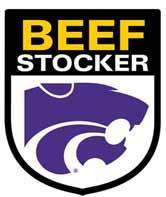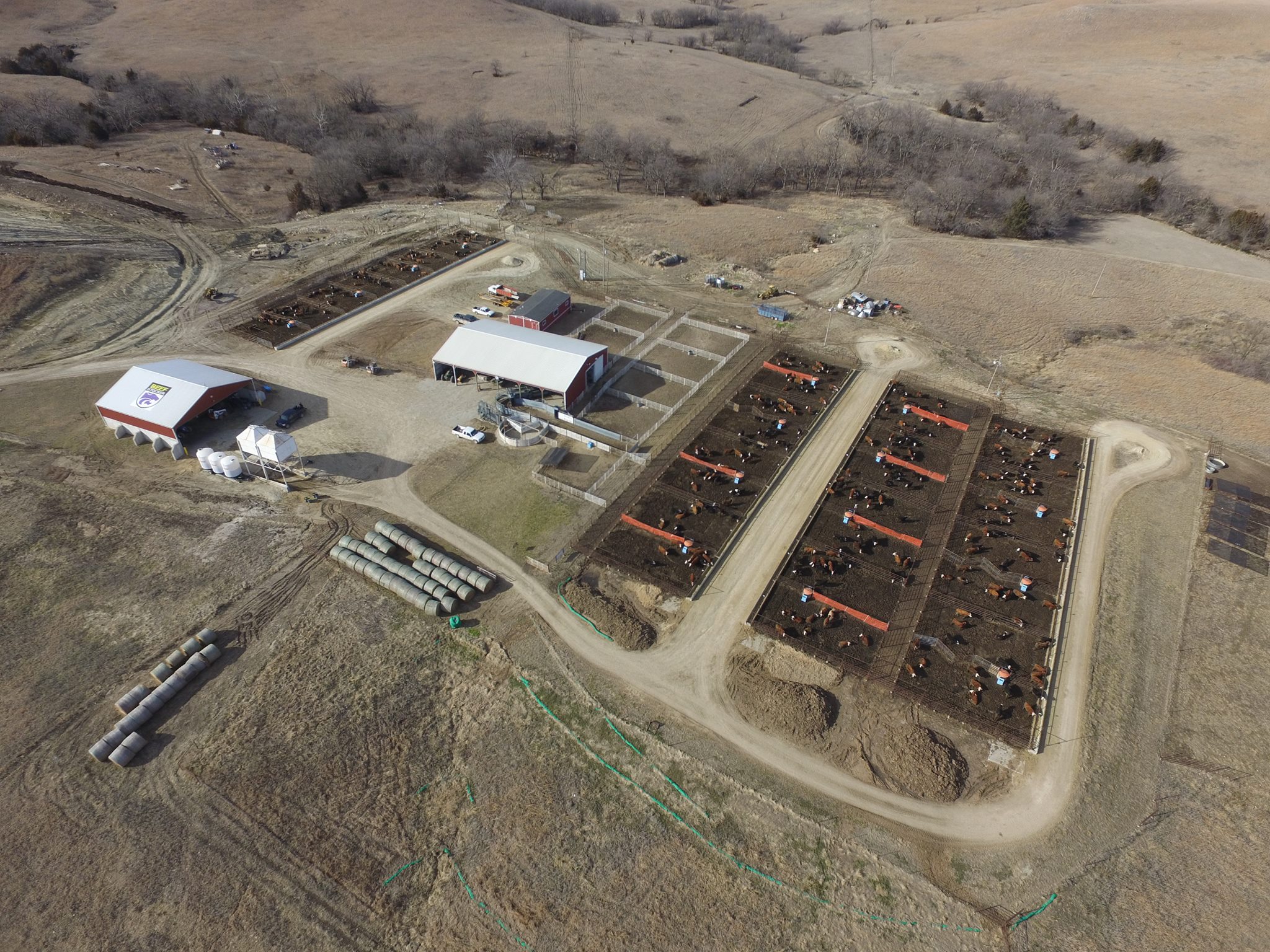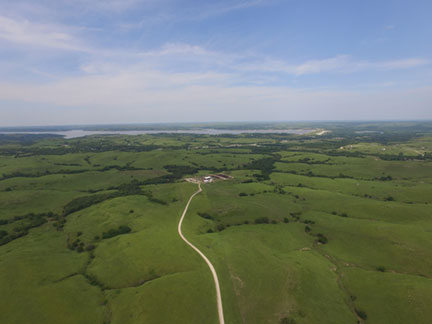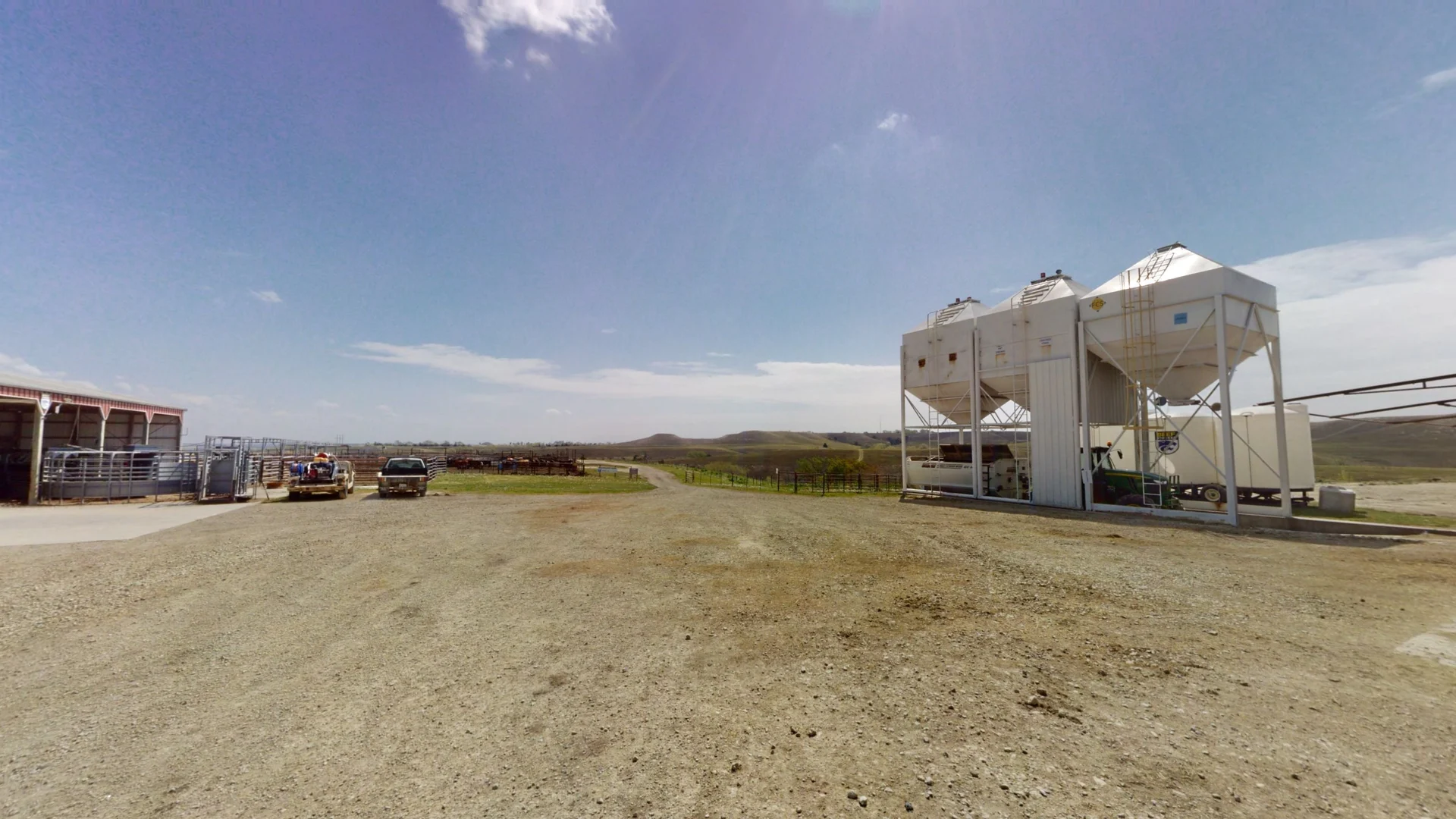Beef Stocker Unit
Welcome to the K-State Beef Stocker Unit!

The unit consists of 1,120 acres acquired by Kansas State University in 1948. The property, originally known as the K-State Animal Science Range Unit, was refocused in 2004 and named the K-State Beef Stocker Unit. The unit's mission is to focus on issues that are of current importance to beef producers involved in the backgrounding and stocker segments of the Beef Industry.
 Education
Education
The primary mission of this university resource is dedicated to the education of students at Kansas State University and beef producers. The Beef Stocker Unit plays host to several visiting groups every year which include students, youth organizations and producers from throughout Kansas, the United States and world. It is also the home for the annual Beef Stocker Field Day. This venue provides an excellent opportunity to showcase research and provide educational opportunities.
Research
The Kansas State University Beef Stocker Unit conducts unbiased, research on health, management and nutrition of newly arrived and growing calves. This is achieved by conducting timely research that is similar to current production practices that Kansas producers utilize on their own operations.

• The Beef Stocker Unit has 40 receiving pens designed to hold upwards of 500 head of 500 lb. calves at any one time. On an annual basis, these pens accommodate 4 "turns" of calves that arrive for research studies that range from 45 to 110 days in length.
• The 1,120 acres of native warm season grass which surround the headquarters are subdivided into 20 functional paddocks. This grazing resource is used on an annual basis in an early intensively stocked fashion for 90 days (@ May 1 through July 31) to conduct research projects that are relevant to beef stocker operators in the Kansas Flinthills.
• The KSU Beef Stocker Unit is also the home of the Animal Identification Knowledge Laboratory. In 2007, it was designated as a University Center of Excellence. The research objectives of the Animal Identification Knowledge Laboratory are:
• To evaluate performance of electronic animal identification technologies.
• To disseminate unbiased research results of electronic animal identification technologies to stakeholders.
• To provide independent performance evaluation services to animal identification technology vendors.
Description
During the mid1940s, the College purchased approximately 1,300 acres of native pasture west of Manhattan, the majority of which lies just north of West Marlatt Avenue. The first use of the land was to conduct research on the best management practices for beef production utilizing the native grass. Dr. Ed F. Smith developed a central headquarters for the unit and divided the pasture into 13 equal-sized pastures. Dr. Smith established a burning regime for the study which involved four different treatments. Each spring the pastures were stocked with yearling steers and the pounds of beef produced during the summer grazing period were measured in the fall.
Today, this university resource is used by several departments and colleges to evaluate the health, nutrition and management of newly arrived, highly stressed calves as they are transitioned to growing diets. Dr. Dale Blasi is in charge of the research unit and coordinates the work done there. Tours of the unit are possible and highly encouraged and can be arranged by contacting the department.
Other Information
KSU Beef Stocker Unit
4330 Marlatt Avenue
Manhattan, KS 66506
Contact Information
William Hollenbeck
Unit Manager
willia6@ksu.edu
Dr. Dale Blasi
Professor/Extension Specialist
229 Weber Hall
Manhattan KS 66506
785-532-5427
dblasi@ksu.edu
Cole Ellis
Unit RA
cce@ksu.edu
